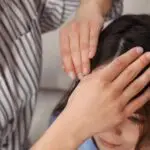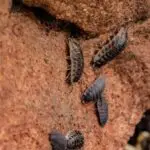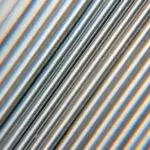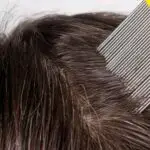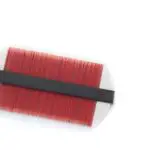Head Lice – How Do They Make Eggs?
The first thing you need to know about head lice is how they reproduce. A single female head louse can lay up to five or six eggs each day. These eggs are hidden inside the nit shell near the scalp. When the eggs hatch, the nymphs will molt a few times over the next nine to fifteen days before they become an adult head louse. The life cycle of head lice repeats itself every three weeks if it is left untreated. During this time, most lice feed on blood a few times a day. They are not able to survive if their eggs are colder than the scalp’s temperature.
The lice themselves are tiny. They are about one-eighth of an inch in length, which is about the size of a sesame seed. They are darker than the hair on your head. Female lice usually lay between two to eight eggs a day, and the eggs will appear darker in dark hair than in light-colored hair. The adult lice will live on your head for up to 30 days, feeding on the blood several times daily. Once they are off of your hair, they will die within two days.
Head lice can spread to other people quickly, especially since they cannot fly or jump. This means that you have to be careful to avoid head-to-head contact and to avoid sharing personal hygiene products with others. While there are no specific products that can prevent head lice, you can help to prevent the spread of the disease by keeping your hair tucked away and checking your children weekly.

